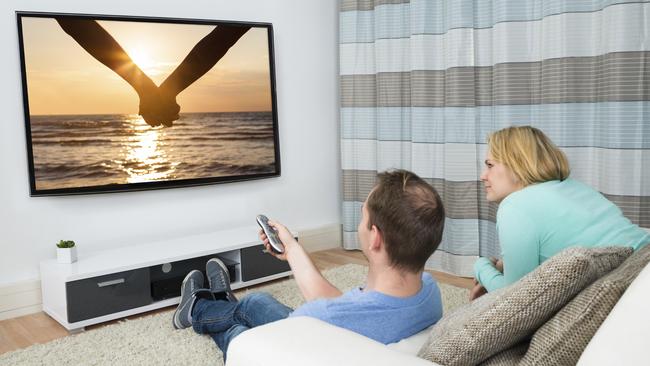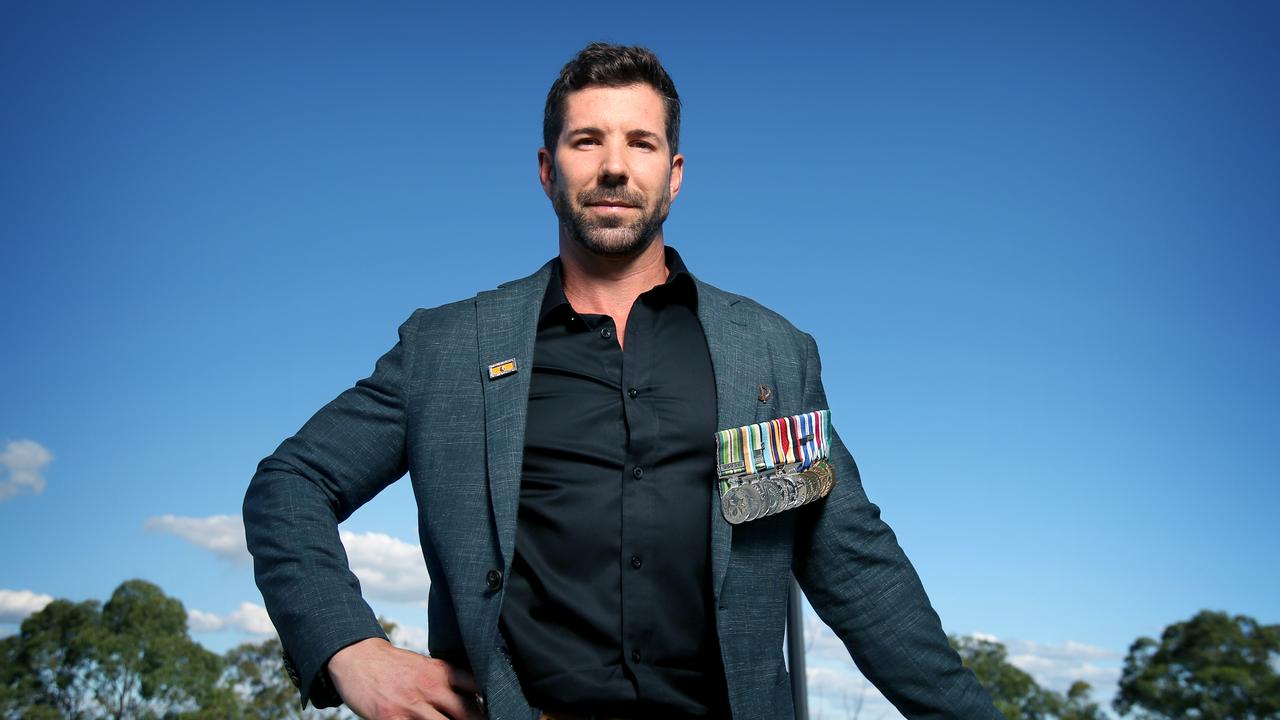
The free-to-air television networks have dominated consumer advertising since the mid-1950s but in the current decade they are set to be challenged for the first time by what is known as “connected TV”.
Of course, it’s early days but connected TV advertising is growing at a 30 per cent clip while, according to PwC, free-to-air TV advertising looks set to decline by about 2.5 per cent a year.
Others project faster decline rates for free-to-air TV.
Over the decades we have seen countless industries transformed by the internet. In the media internet real estate and employment advertising allowed companies like REA and Seek to boom.
Global giants like Google and Facebook have emerged and transformed marketing over wide areas.
Basic internet-driven changes to any industry always start small and many fizzle out. But last week the connected TV movement came to my attention because of a deal between one of the connected TV advertising networks and Morgan Research to target TV advertisements to particular postcodes which have audiences with specific interests who are potential buyers of a particular product or service.
In mass media advertising markets like TV, the slogan that half of all advertising is wasted but no-one knows which half is suddenly broken down, because wastage is slashed.
That means a real estate agent can look at the likely suburbs where buyers for particular residential property will come from and target connected TV advertising to those postcodes. And the cost is low enough to enable the TV advertisements to economically concentrate on one residential property.
Similarly marketers of cars can discover from the Morgan data where the major buyers of particular cars live and again target TV advertisements to those postcodes with a large proportion of people in that audience.
This is a very different marketing proposition to free-to-air TV, where the advertisements are spread throughout the whole state or certainly major cities.
The pricing of connected TV is much lower because it is based on a known “completed view” of the advertisement ----the advertiser knows that in a targeted home the television set was actually broadcasting the advertisement. The viewer may, of course, have taken a coffee break while the advertisement was being shown
I was introduced to connected TV by my former Business Review Weekly colleague Stuart Simson who these days is chairman and the major shareholder in Switch Digital which has brought together around 25 internet television channels into an advertising network and linked it to the Morgan postcode data.
Each of the connected TV channels broadcast via the internet.
These days the vast majority of television sets can be connected to the internet and around 80 per cent of Australians have used internet TV, although the market is dominated by groups like Netflix and Stan where viewers pay a subscription.
The connected TV network is different because usually no subscription is charged but viewers must register their year of birth and gender while the internet connection picks up the postcode.
The major channels on the network are in fact the secondary channels of Nine, Seven and Ten plus SBS on Demand. Much of the viewing is “catch up”, where people miss programs on free-to-air TV. But SBS on Demand has a vast variety of movies and documentaries that can be accessed.
When these channels began broadcasting on the internet the audiences were small but the advent of NBN has directed viewer attention to internet TV.
The connected TV market, technically called BVOD (Broadcast Video on Demand), already has 10 per cent of TV advertising in Australia and is compounding growth at a 30 per cent plus rate. In a couple of years PwC estimates connected TV’s share of the TV pie will be above 25 per cent. In the US it is 17 per cent and compounding at a 40 per cent growth rate.
Because the advertising rates per completed viewer are so much lower than free-to-air television it opens the TV market to a whole series of different advertisers. .
The Switch Digital operation has done separate deals with each of the connected TV channels so that they can be linked into one targeted post code-linked market.
Naturally there are other advertising agencies and groups active in the connected TV space.
It’s a new market which we will need to follow in the coming years because it will change the dynamic of free-to-air television. If PwC is right then the free-to-air model of program generation and marketing will need to be substantially changed. The success of Australia’s three privately-owned networks will depend on how they adapt to this new situation.
That’s very similar to what has happened in newspapers as the internet took away the old “rivers of gold” classified advertisements. It didn’t eliminate newspapers but they had to adapt.
In the case of free-to-air television the three major networks are also big players in connected TV, which gives them a flexibility advantage.



